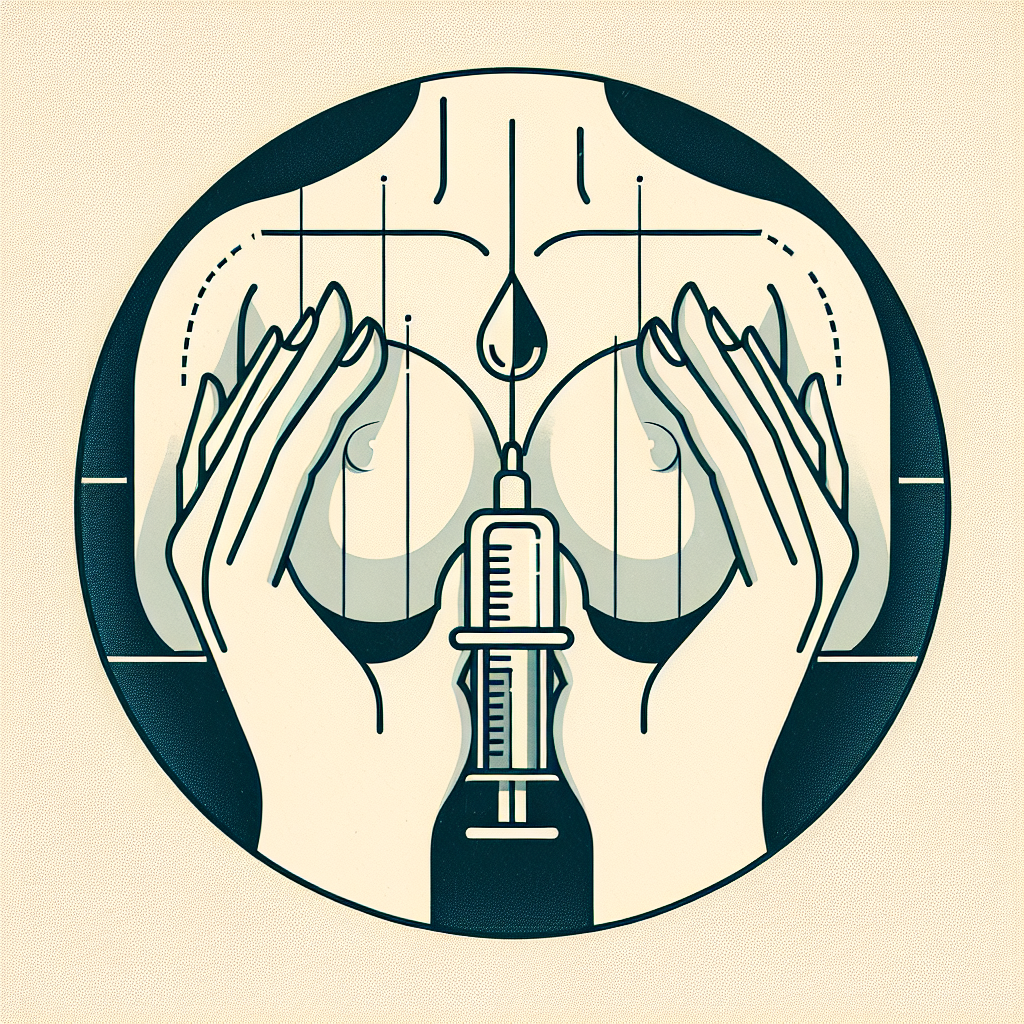When you start researching breast enhancement options, one of the first questions people ask is the breast injection fillers price and how that compares with other procedures. Costs can vary widely depending on location, provider expertise, and the type of filler or technique used. This article breaks down the factors that drive price, expected ranges, alternatives, and practical tips to prepare for a consultation so you can make an informed decision.
Understanding breast injection fillers cost
Breast injection fillers cost typically depends on whether temporary hyaluronic acid-based products, longer-lasting synthetic fillers, or autologous fat transfer are used. Temporary fillers are generally less expensive per session but require repeat treatments to maintain volume. Fat transfer (fat grafting) is often billed differently because it requires liposuction, processing, and re-injection, and you can read more about related pricing and expectations in a dedicated discussion of fat transfer procedures here: fat transfer breast augmentation cost and what to expect.
Typical price ranges and what they cover
Expect a range rather than a fixed number. Many clinics charge per syringe or per session for synthetic fillers, while fat transfer is typically quoted as a procedure package. Typical ranges in the U.S. can look like:
- Temporary injectable fillers (per session): lower-to-mid hundreds to a few thousand dollars, depending on volume and product.
- Fat transfer breast augmentation: several thousand dollars to reflect combined liposuction and grafting steps.
- Repeat or maintenance sessions: recurring costs for synthetic injectables.
Factors that influence price
Several variables make the final quote unique to each patient:
- Provider experience and reputation — board-certified surgeons or specialists typically charge more.
- Geographic location — metropolitan areas usually command higher fees.
- Type of filler or technique — synthetic injectables versus autologous fat transfer.
- Procedure complexity — combined procedures, anesthesia needs, and facility fees.
- Follow-up care and potential revision costs.
Comparing with other procedures
It helps to compare breast injection fillers with alternatives when budgeting. For example, breast implants and tummy tuck cost are often much higher for full surgical procedures and include operating room fees and anesthesia. Conversely, injectables may offer shorter recovery and lower immediate expense but may accumulate cost over time if maintenance is required. If you are considering broader body changes, you might also look at how male plastic surgery prices compare to other cosmetic services to understand market variability.
Safety, longevity, and value
Price is only one component of value. Safety, expected longevity, and how natural the result looks are equally important. Synthetic injectables can offer predictable immediate volume but may not last as long as fat grafting. Fat transfer can provide more permanent improvement in some cases, but results depend on graft survival and may require a touch-up. Always prioritize a qualified provider and transparent discussions about risks and realistic outcomes.
Questions to ask at your consultation
- What exact products or methods will be used, and why?
- What is included in the quoted price (facility, anesthesia, follow-up visits)?
- How many sessions are likely needed to achieve and maintain the result?
- What are the risks and how are complications handled?
- Can I see before-and-after photos and speak with previous patients or read verified reviews?
Financing and insurance considerations
Most cosmetic breast enhancement procedures are elective and not covered by insurance. Clinics often offer financing plans or third-party medical loans to spread cost over time. If a procedure is reconstructive rather than cosmetic, certain elements might be reimbursable; check with your insurer and provider. For reliable background reading on safety considerations around breast procedures, consult the FDA’s overview: FDA information on breast implants.
Quick takeaways
- Costs vary by technique, provider, and location.
- Temporary injectables may be less costly up front but require repeat sessions; fat transfer may cost more initially with longer-lasting results.
- Compare apples to apples: ask what is included in any quote and check provider credentials.
FAQ
Q: How long do breast injection fillers last?
A: Longevity depends on the product and method. Synthetic fillers may last months to a couple of years and usually require maintenance; fat transfer may offer longer-lasting volume but can vary by patient.
Q: Are injectables safer than surgery?
A: Injectables often have less downtime and lower immediate surgical risk, but they have their own complications and long-term considerations. Surgical options like implants or a combined approach (which affects breast implants and tummy tuck cost comparisons) involve more recovery and higher upfront costs but can provide different durability and outcomes.
Q: Can I finance cosmetic procedures?
A: Yes, many clinics provide financing options. Because most cosmetic treatments are elective, confirm payment and financing details before scheduling.






